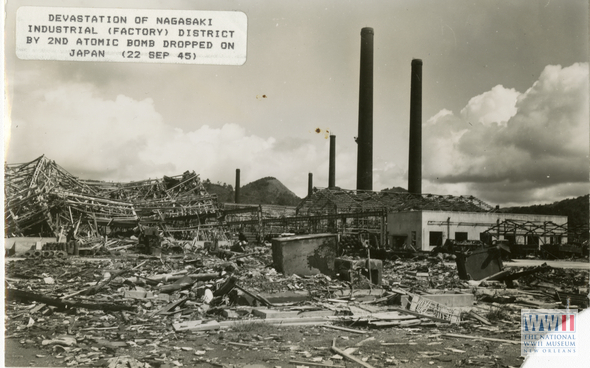
Official photograph of the Office of the Chief of Engineers, now in the collection of the National Archives. As we remember the bombing of Hiroshima and Nagasaki this month 71 years ago, we have largely forgotten the racist propaganda that made it possible, writes LINDA PENZ GUNTER. The Japanese program to develop nuclear weapons was conducted during World War II.Like the German nuclear weapons program, it suffered from an array of problems, and was ultimately unable to progress beyond the laboratory stage before the atomic bombings of Hiroshima and Nagasaki and the Japanese surrender in August 1945. Boeing B-29 "Bockscar" Superfortress plane. An informative yet sobering look at the impacts of the dropping of the Fat Man atomic bomb on Nagasaki on August 9, 1945, this museum is one of the. Image: 77-BT-67: Tinian Island, August 1945. Four days later, Japanese submarine, I-58, sank Indianapolis, northeast of Leyte.Ī replica of Fat Man can be found at "The Navy In The Nuclear Age" exhibit area in the Cold War Gallery, Bldg. Previously, on July 26, the bomb, along with " Little Boy", was transported to Tinian Island by USS Indianapolis (CA-35) for final assembly.

It utilized the explosive power of dynamite to create pressure on a ball of Plutonium in the weapon's center, which squeezed the atoms closer together until nuclear fission was achieved. The bomb weighed 10,000 pounds and had a diameter of 60 inches. The bomb was dropped by a USAAF B-29 airplane named "Bockscar", piloted by U.S. The atomic bomb used at Nagasaki, Japan, on August 9, 1945, was "Fat Man".


 0 kommentar(er)
0 kommentar(er)
